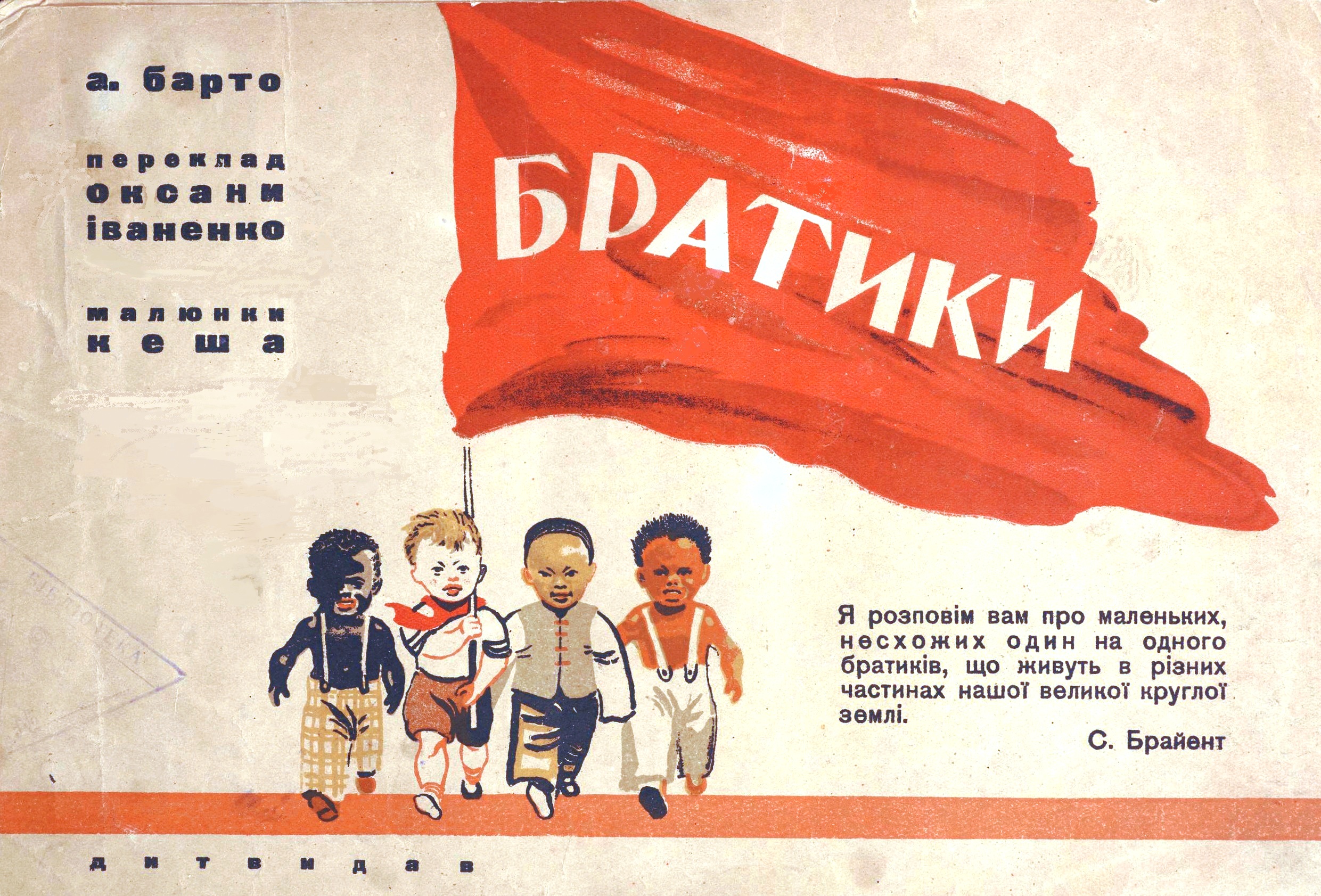How did Soviet children learn about electricity as an advanced technology and ideological symbol in the illustrated children’s books of the 1920s and 1930s?
This contribution traces the tropes of electricity suggested by Lenin’s slogan “Electrification plus Soviet power equals Communism” in children’s books from the Cotsen Children’s Library: from the construction of the Volkhov’s hydroelectric power station envisioned in the GOELRO plan (80,000 loshadei, 1925) to the ubiquitous illustrations of electric bulbs, associated with the myth of Lenin’s little light bulbs, “lampochki Il’icha” (Elektromonter, 1931 and Puteshestvie po elektrolampe, 1937).

Fig. 2. Elektromonter, 1931 by Boris Ural’skii and Aleksandr Deineka (Moskva: OGIZ.: Molodai︠a︡ gvardii︠a︡), 14.
Electricity captured Russia’s popular imagination in the pre-Revolutionary period when symbolic images of the Sun merged with the trope of electric light to signify imperial power and mystical transfiguration. After the Revolution, the Bolsheviks transposed the symbolic meaning of natural, divine, and autocratic light onto the Soviet myth of electrification and the cult of Lenin as a sun. While the miraculous power of electricity was carried over into the early Soviet years, electric magic in children’s books had to be restrained, as fairy tales became ideologically suspect in the late 1920s and 1930s. Unsuited for the ideological education of Soviet children according to critics such as Nadezhda Krupskaia, fairy tales were banned until Samuil Marshak vindicated the fairy tale genre in 1934 by successfully comparing the fairy tale hero and the New Soviet Man.

Fig. 3. Elektromonter, 1931 by Boris Ural’skii and Aleksandr Deineka (Moskva: OGIZ.: Molodai︠a︡ gvardii︠a︡), 7-8.
The early Soviet illustrated books on electricity cautiously walk the line between electric enchantment and disenchantment, between the objective reality of electrification and the imaginative dimension of electric magic.

Fig. 4. Puteshestvie po elektrolampe, 1937 by Nikolai Bulatov, Pavel Lopatin, Mikhail Makhalov (Moskva: TsK VLKSM / Detizdat), 14.
An epitome of Soviet technological and ideological education, the children’s photobook “A Voyage Around an Electric Lamp” (1937) articulates both the power and the dangers of electricity, as two magically miniaturized children set out to explore the electric lamp as a physical and learning space. Subsumed into the nets of Soviet electric power, the tiny children are both enchanted with electricity and disciplined by electric shock on their way to ideological and technological enlightenment. Ultimately, the ideological pedagogy of electricity visually and verbally indoctrinates the children and transforms them into Soviet subjects.

